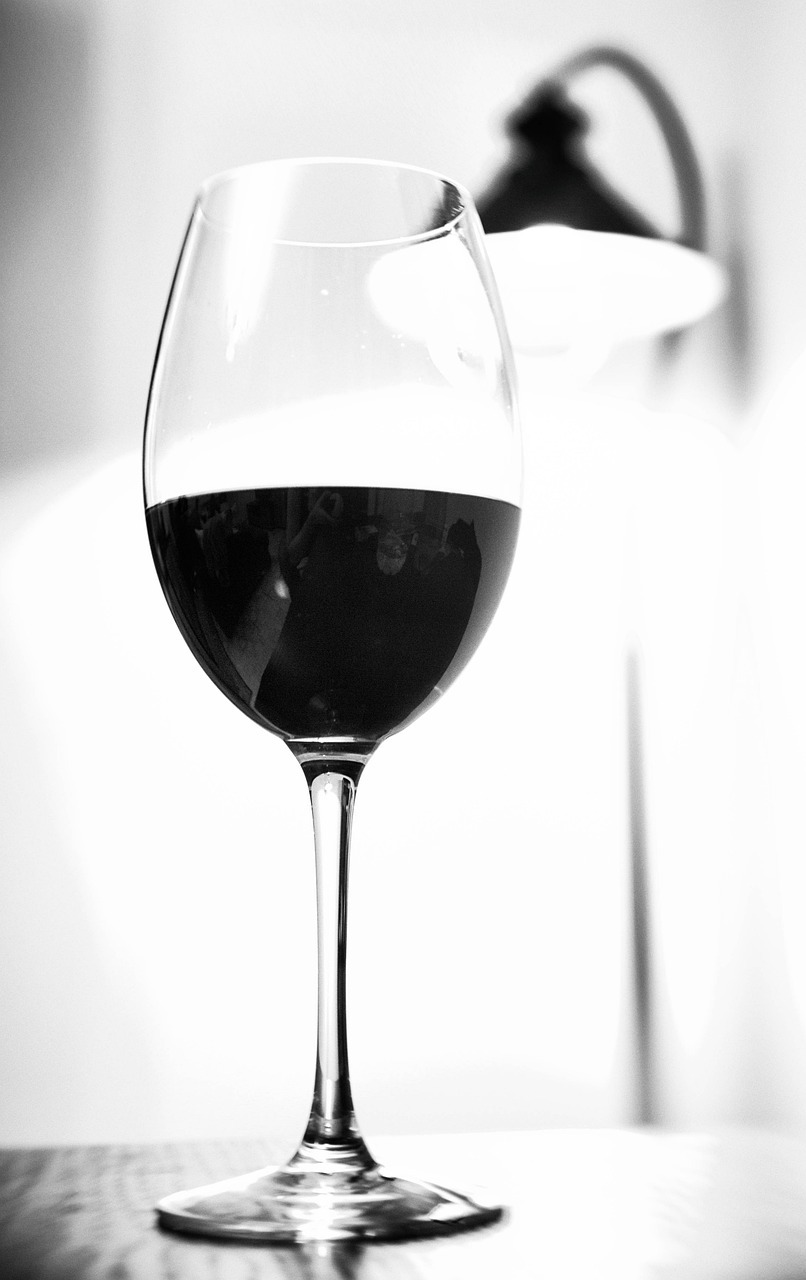The Rhône Valley can be a big party pleaser for its intense wines, both red and white. So click those ruby wine sippers and come with me as we explore the region’s Northern and Southern sides.
Northern Rhône Valley Syrah and Viognier
The Northern Rhône Valley reds are full, intense, and tannic (tannins are the aspect of red wine that makes your mouth feel dry after a sip… they come from the skins of grapes which is why they’re usually only present in red wines, which are pressed with the skin on).
The Syrah grapes that make up the northern Rhône wines are aged in large oak casks, so they share some of the same oaky flavors that the Bordeaux or Burgundy wines develop, though those are usually aged in smaller casks.
The result is a really full and powerful red that also doesn’t have an official “cru” ranking system (“premier cru” or “grand cru” for example) like we saw in our Bordeaux or Burgundy reds.
Syrah or Shiraz fans will love northern Rhône wines as most of the world’s varietals are modeled after these big oaky blends.
Labels to Look For
Even though there’s no official “cru” for the Northern Rhône Syrah wines, certain areas have more oaky character and lower production by law. These tend to yield the best wines with the classic Ssyrah flavor: plummy and raisiny, with a smokey and peppery smell.
Here are the best areas, from most prestigious to least, and some of the best producers for each area:
– Hermitage (air-mee-TAHGE) – Chapoutier, Chave, Jaboulet
– Côte-Rôtie (koat row-TEE) – Guigal, Gentaz, Dervieux
These areas of the Rhône Valley are the top of the line. Not only are they classic versions of the Syrah grape, but they also age incredibly well, developing lovely leather, chocolate, and spice flavors into their later years.
– Cornas (kor-NASS) – Auguste Clape, Jean-Luc Colombo, Chapoutier, Jaboulet
– St. Joseph (jo-SEFF) – Chapoutier, Jaboulet
– Crozes-Hermitage – (crows air-mee-TAHGE) – Alain Graillot, Chapoutier, Jaboulet
The Northern Rhône Valley whites are made from Viognier grapes that mostly come from the Côte-Rôtie area. They are separated into 2 appelations: Condrieu and Château Grillet. These wines can be expensive and hard to find, with the latter being the more prestigious.
Southern Rhône
The southern Rhône is famous for its blends. In the Châteauneuf-du-pape district alone, there are 13 grapes approved, but the best are blends of Syrah, Grenache, Cinsault, or Mourvèdre grapes.
Like their northern cousins, these blends are full bodied, rich, and flavorful, with that distinctive raisiny and spicy quality. Also, like the northern Rhône reds, southern reds are capable of long aging.
The Châteauneuf-du-pape district’s best producers are: Vieux Télégraphe, Château de Beaucastel, and Château Rayas. Though that last one is such a collector’s item you’re unlikely to see it on a restaurant menu, let alone in a store.
If you’re a little more price conscious like moi, you’ll probably be more comfortable with these producers, who also make excellent southern Rhône blends: Château Fortia, Mont-Redon, Château la Nerthe, Clos du Mont Olivet, Vieux Donjon, Cols des Papes, Domaine des Caillous, Jaboulet, and Chapoutier.
And if you’re looking for a real value wine, the Rhône Valley really is your region…
A Great Value: Côtes du Rhône
I’ll be honest. The first time I saw a bottle of Côtes du Rhône in Paris I thought, “oh, that’s that wine Steve from Sex and the City bought Miranda when they first met.”
This illustrates both how I have seen far too much Sex and the City and how little I knew about French wine.
But a sip of a Côtes du Rhône can change all of that for a poor, starving student in Paris. A “Côtes du Rhône” is just a wine from somewhere in the entire Rhône region (just like a vin de Bourgogne would be a wine from anywhere in the Burgundy region), but it’s also one of the best values in all of French wine – red, white, or rosé.
These wines are perfect for everyday drinking – the reds are spicy, the whites are refreshing, and both come with big fruit and flavor. It’s probably my go-to table wine when I’m stocking up or don’t know what I’m in the mood for.
If you want to take this Côte du Rhône a teensy step up, just look for “Côtes du Rhône-Villages” — this appellation means that the grapes were selected from the top 16 villages in the Rhône Valley.
Sweet Tooth: Muscat Beaumes de Venise
You have probably seen Muscat Beaumes de Venise (muss-KAT bohm duh vuh-NEEZE) offered on the dessert wine menu at your favorite restaurant, and that’s because it’s relatively cheap for a tasty dessert wine.
What makes this wine so special is the unique way it is produced. Unlike the Bordeaux Sauternes that develop their sweetness from the grapes rotting, the Muscat Beaumes de Venise are made from grapes dried into raisins for sweetness.
Definitely give this a try for (or with!) dessert.
This is the sixth part in a six-part series on the big six wine regions in France.
Part one: Taking the ‘Pain’ out of Champagne
Part two: Get to Know Your Bordeaux
Part three: Dive Into the Loire Valley
Part four: All About Your Glass of Alsace
Part five: Burgundy is More Than a Color


